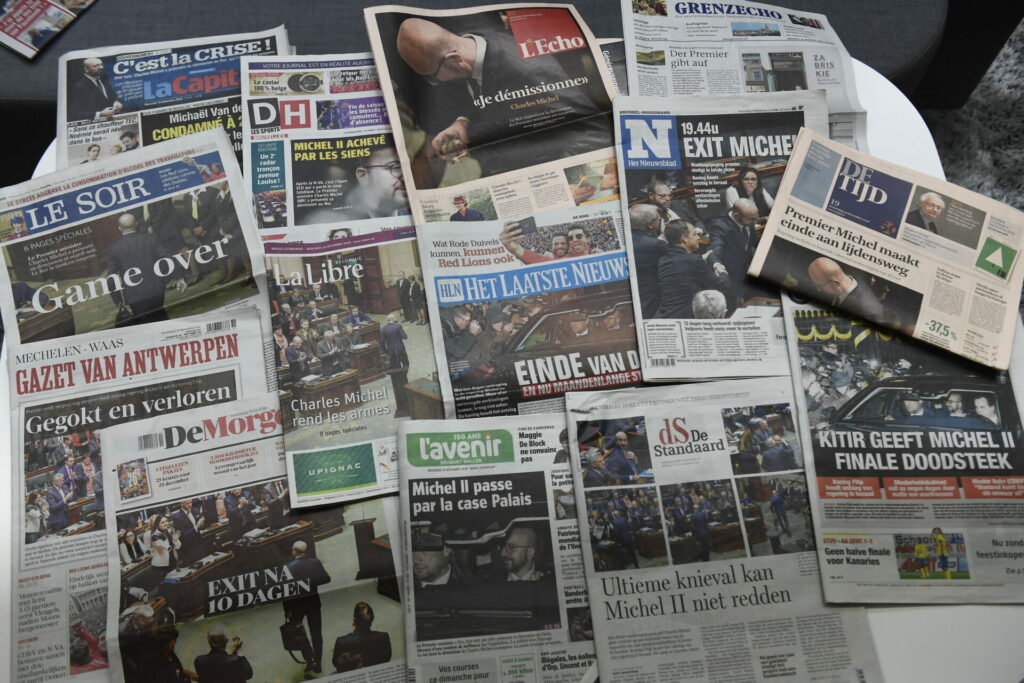A growing number of people are avoiding the news, with 64% regularly choosing to ignore current affairs. The proportion of people overlooking the news has risen sharply since the pandemic, shows a study by the VUB-affiliated research group imec-SMIT.
While inflation and energy prices soar to record highs, Russia continues its aggression against Ukraine and the Covid-19 infections rise again, nearly two-thirds of people in Flanders 'regularly' avoid any and all news. In 2017, only 48% 'sometimes' or 'often' avoided it.
"One in ten Flemish people is a conscious avoider: they no longer want anything to do with the news at all and blatantly ignore it," professor of media studies at the KU Leuven Rozane De Cock told De Morgen.
Yet whilst some do make a conscious effort to avoid the news, 17.5% of those surveyed make a less intentional decision to let it pass by, whether because it has little affect on them or they simply don't have time. "Not every news avoider consciously chooses not to follow the news, but the phenomenon is definitely increasing."
'Healthy news routine'
For those who started to occasionally avoid the news over the past year, its negativity and the abundance of politics and Covid-19 coverage were the main motivations. Previous research has shown that occasional breaks from the news "fits within a healthy news routine and functions as a protective mechanism when users feel overwhelmed."
The imec-SMIT study showed that "For conscious avoiders, negativity is top of the list. The constant flow of bad news makes people angry, unhappy or confused. By avoiding it, they try to protect themselves. Our research showed that this group feels more emotionally stable than people who do consume news, so it really does work for them."
A third major reason for frequent news avoidance is that people no longer trust it or the media companies behind it. "They doubt the quality or think there is a hidden agenda. This lack of trust indicates a deeper problem of people turning away from the news."
Related News
- Fake news still reaching over one quarter of Europeans
- Social media posts falsely blame Covid-19 vaccine for spike in hepatitis
During the pandemic, all those elements converged in one crisis. "Not only was there an avalanche of news, but it was also negative. In every newsreel and newspaper, we were shown terrible images of people in hospital, followed by dramatic infection rates and death tolls."
"For many, this was mentally very tough. Some also got the feeling that the media were following an agenda and just served as a mouthpiece to experts and ministers."
One positive takeaway for media outlets is that the researchers found that a growing number of young adults are willing to pay for online news. The Covid-19 pandemic was accompanied by a spike in paid news consumption; the figures suggest that this spike may continue for longer.

